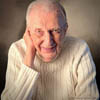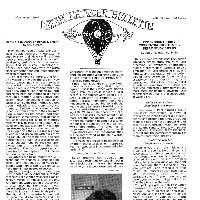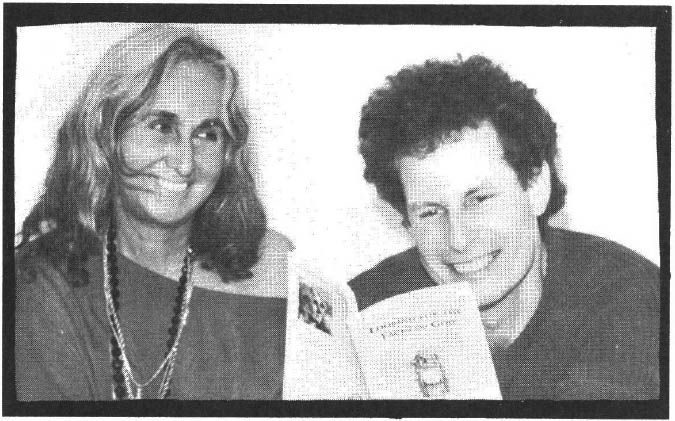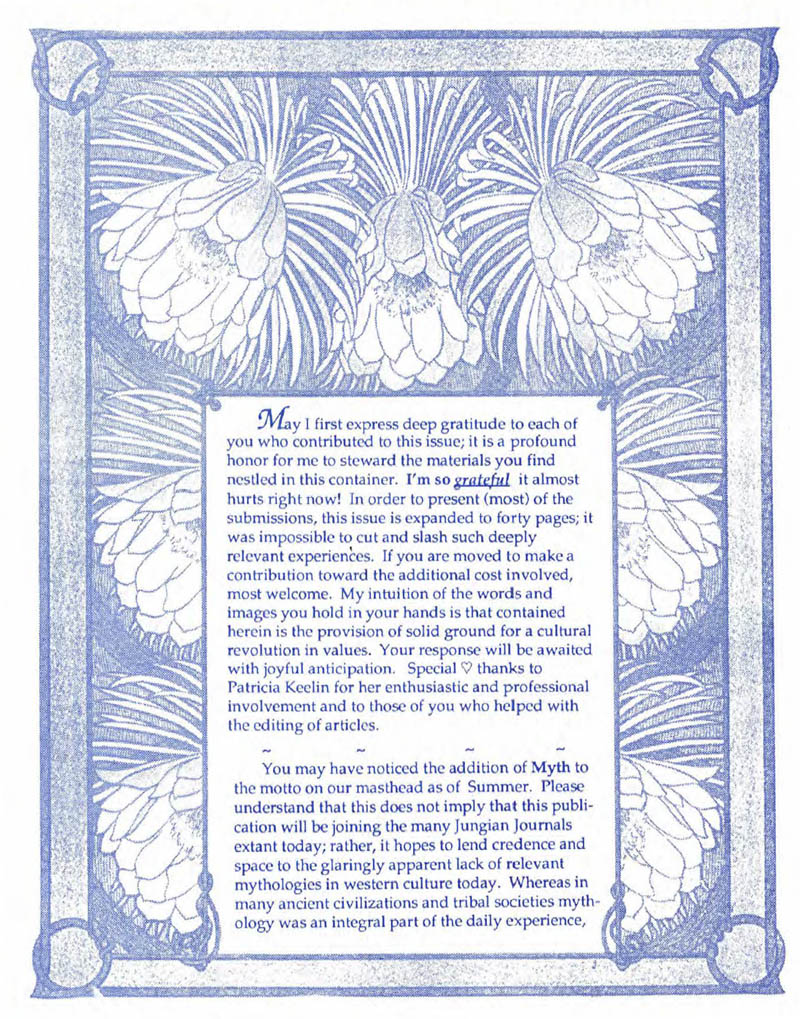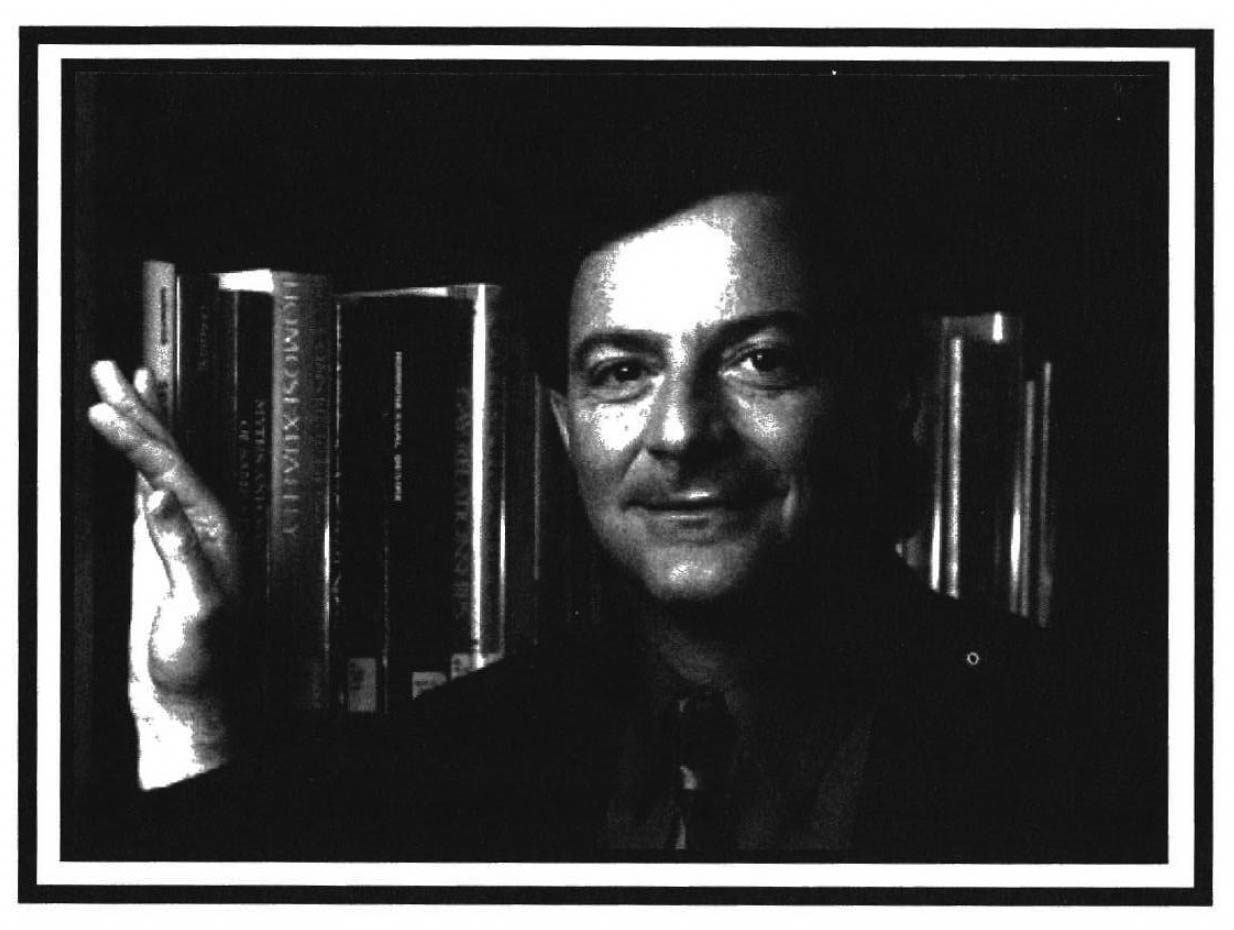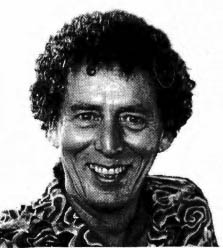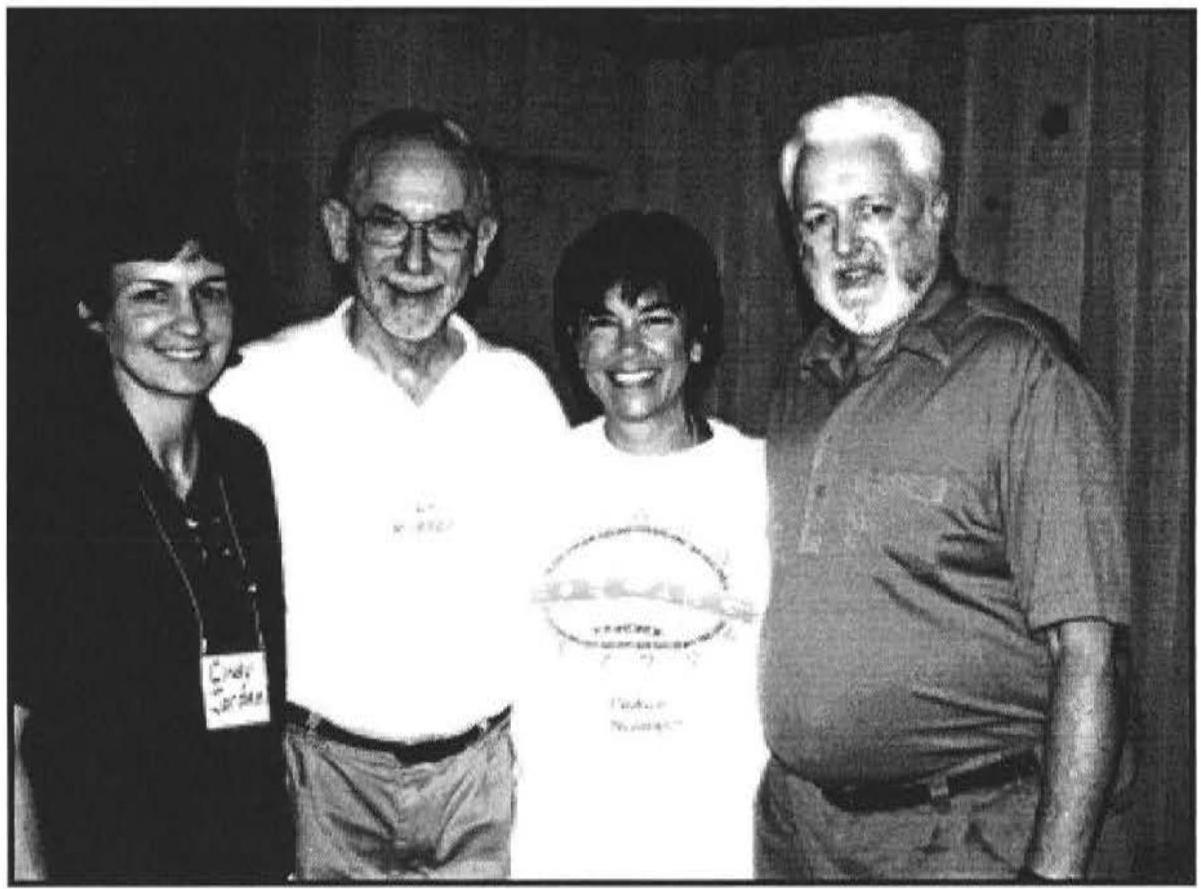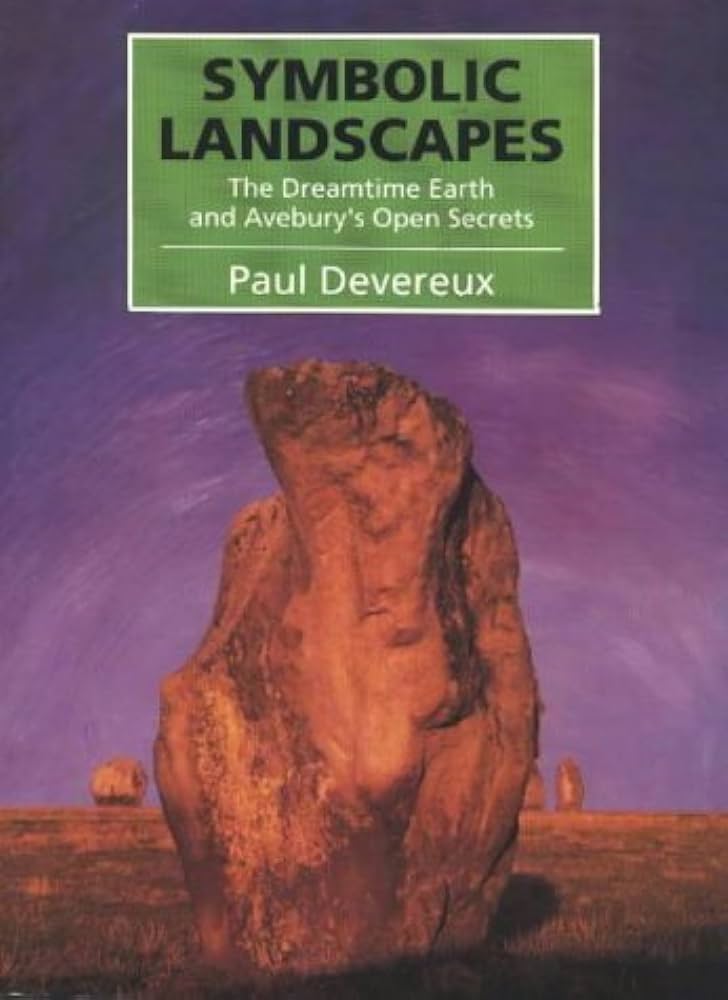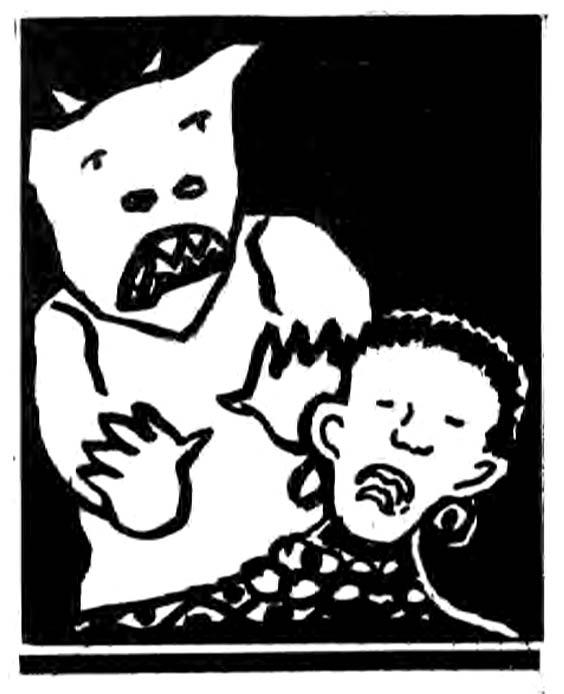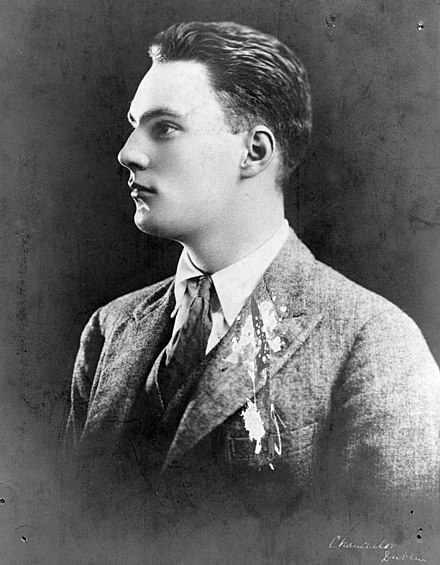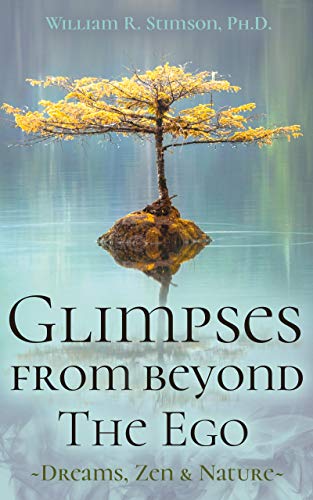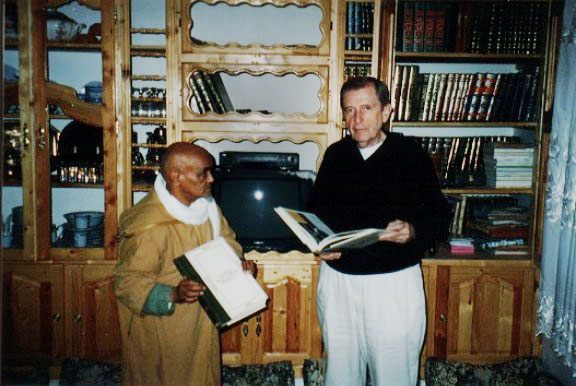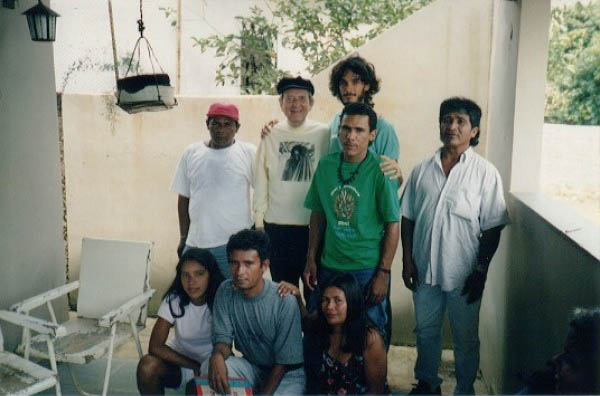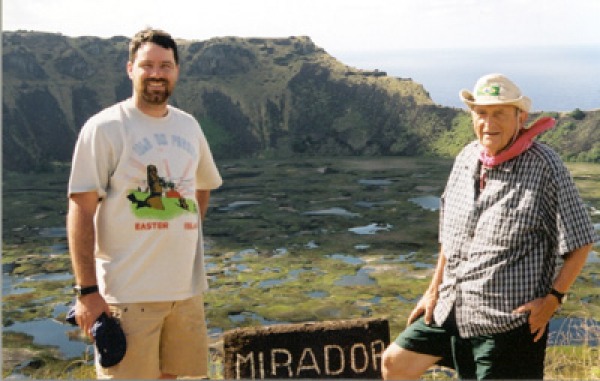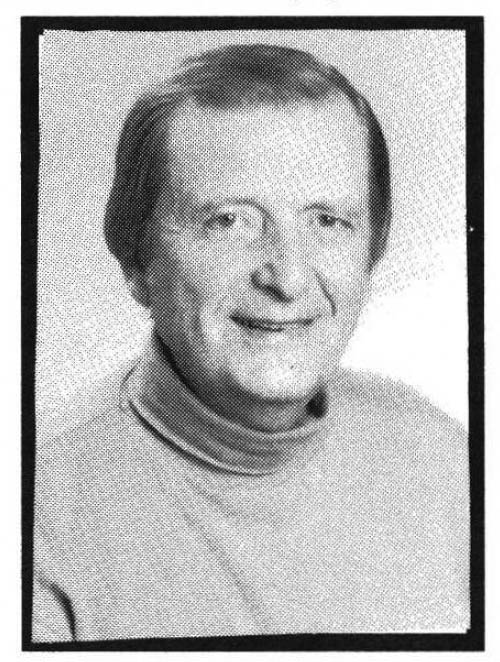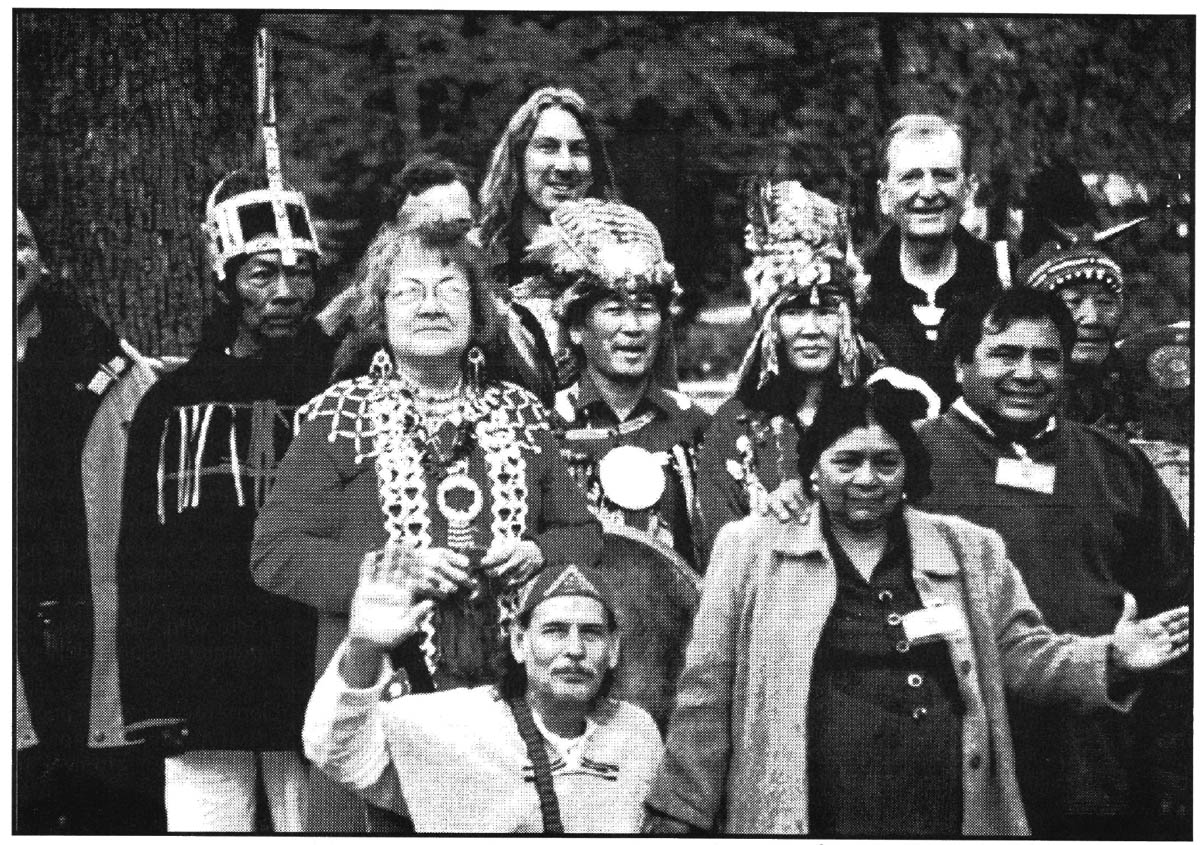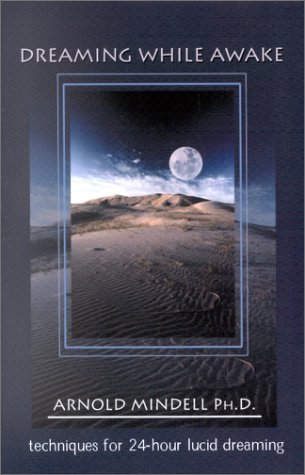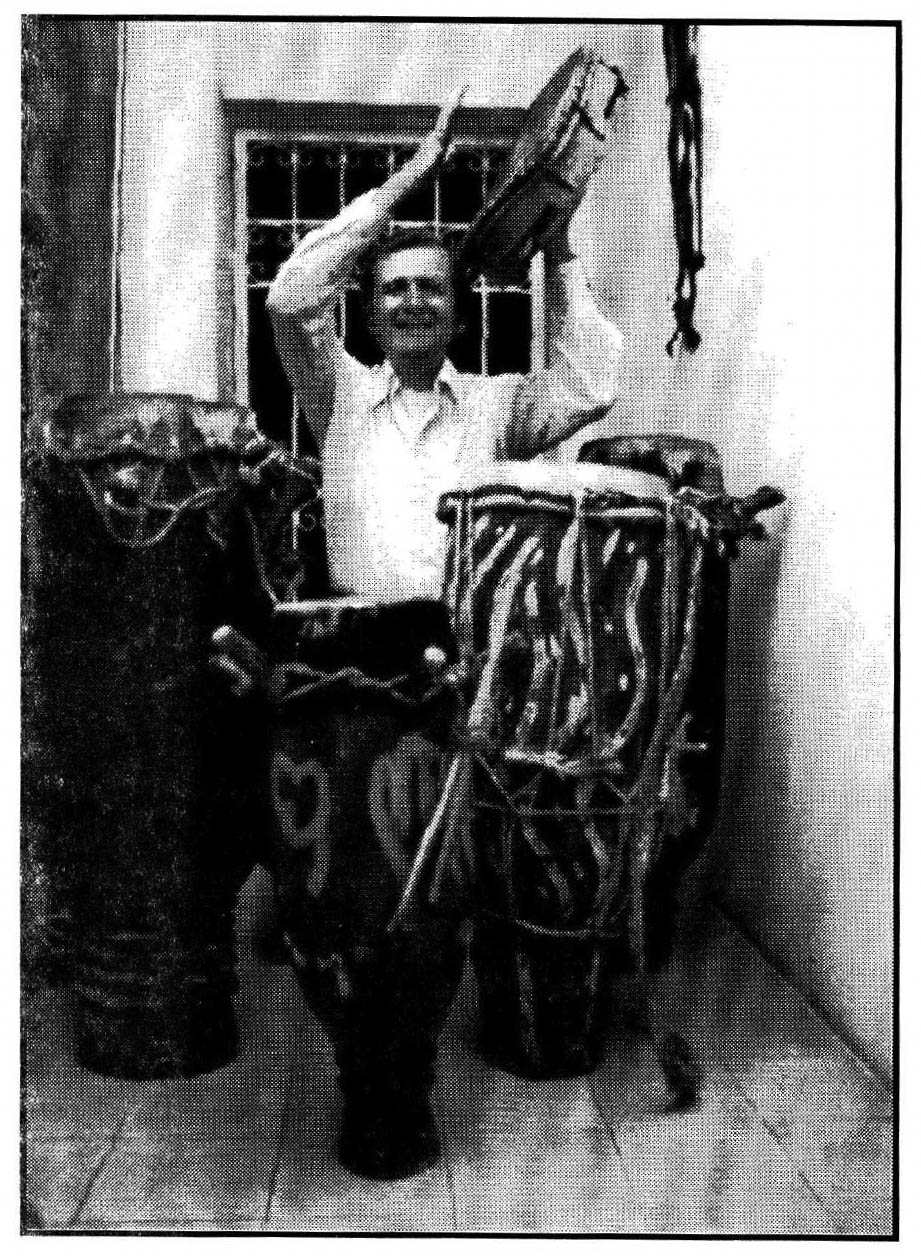
Dream Network Journal: Stanley, thank you for all the support you and Saybrook Graduate School have given Dream Network over the years... and for taking the time for this interview. In the preceding article, "An Evening with don Quimbo" you define a shaman and describe a shamanic function as follows:
"Shamans are men and women who deliberately engage in consciousness-altering techniques that enable them to enter the 'spirit world' where they allegedly obtain information that is useful to their clients and their communities."
And:
"The shaman serves as a guide between 'realities,' but is also concerned with the natural environment."
To begin this interview, would you provide yet another, more basic definition? Would you tell us where the word "shaman" originates?
Stanley Krippner: The word "shaman" probably came into the English language by way of a German translation of a Russian version of the Tungus term 'saman,' meaning 'one who is excited, moved, or raised.'
Another meaning of this term is 'inner heat'. And there is a nearly identical Sanskrit word meaning 'singer of songs'. All of these terms describe shamanic activities.
DNJ: What part does dreaming play in being "called" to be a shaman?
SK: Shamans receive their calls in a variety of ways. Some of them are called through a terrible sickness, others through a family tradition, still others through visions or dreams. Many tribes have traditional dreams which are interpreted as calls to shamanize; for example, among the Zulus of southern Africa, a dream of a snake rising from a body of water can represent a call from one's ancestors to enter into shamanic training.
One function of shamans around the world is that of a dream interpreter, especially when a dreamer and the dreamer's family can not understand the dream themselves. Some of the techniques shamans use resemble psychodrama, Gestalt psychology, or psychosynthesis. I have seen Rolling Thunder tell a client, "Just close your eyes, pretend that you are having the dream again, but put yourself in the role of the white buffalo."
DNJ: In your article, Patricia and Glenn describe the 'journeys' invoked with music, drums, stones and other power objects by don Quimbo . Is the inner-visual experience they each described comparable to the dream state? If so, in what way?
SK: Shamans utilize a great deal of imagery in their work. When they take clients on journeys, as don Quimbo did with Patricia and Glenn, they pay close attention to the images their clients report. These inner experiences are interpreted in much the same way that dreams are interpreted- as clues for the diagnosis and treatment of the client's sickness or problem. Each shamanic tradition has its own way of working with these images and attributes meaning to them in different ways. In my opinion, there are universal themes in dreams and visions, but no universal meaning for specific images. In one tradition, the owl might signify wisdom, but in another tradition, the owl might represent death.
DNJ: Is there a 'bridge' between shamanism and priesthood. Or, how is a shaman like a priest in the Christian tradition? Unlike a priest?
SK: Shamanism preceded organized religion. A priest or a priestess represents an organized system of beliefs and rituals and a body of adherents to a dogma and world view. Shamanism is a collection of technologies for heighten ing perception and changing consciousness in order to be of service to a client, a family, or a community. In those tribes where shamans and priests coexist, the former work as healers while the latter work as guardians of a particular belief system. Both might engage in rituals, but priests rarely shift their state of consciousness, journey, or incorporate spirits. In general, shamanism is more open-ended and more open-minded than religion. The contemporary shamans I have visited identify with a variety of religions; Maria Sabina was Roman Catholic, Rohanna Ler was Muslim, Rolling Thunder called himself a "pagan."
DNJ: You mention your groups Ahas! when making connections between don Quimbo's talk and Chaos Theory. You also mention that shamans are eclectic, often utilizing material and information from other traditions - e.g., the chakras - to achieve their tasks for both client and community. These are powerful statements'
What are the implications insofar as whose is the 'primitive' and whose is the advanced culture?
SK: Rolling Thunder once showed me his collection of medicines. It contained dozen of herbs from the area as well as herbs he had collected in his travels throughout the United States and Europe. But it also contained Chinese herbs and even allopathic medical samples given to him by his physician friends. He commented, "I will use anything I need to use if it will help someone get well."
The word "primitive" is no longer used in anthropology. But there are any number of studies that demonstrate the sophistication of language of many tribal groups, as well as the complexity of their belief systems and rituals. On the other hand, shamans are not perfect. There are reports of some African shamans telling AIDS patients that if they have sex with virgin girls, they will be cured. There are occasional "battles" between competing shamans, with each fighting the other with curses and spells. Some of the shamans who have visited the United States and Europe are tempted by the access to money, power, and sex that their status often provides. Shamans are human and it is the nature of humans to fall prey to various frailties, especially when they find themselves in unfamiliar surroundings.
DNJ: What is the most extraordinary healing (performed by a shaman) that you have experienced or witnessed?
SK: I have not had the opportunity to follow up most of the attempted healings I have witnessed. What seemed spectacular at the time may not have provided a long-term solution for a problem or a sickness. However, Leslie Gray, Brant Secunda and other shamans in the San Francisco area have worked with individuals suffering from serious cancers, skin diseases, and depressive moods that seem to have disappeared and not returned. But these interventions were neither simple nor easy; they required more than one session as well as considerable work on the part of the client who was given homework assignments and personal rituals in between their visits to the shaman.
DNJ: To conclude this interview, may I take the liberty of attempting to articulate some of my own perceptions and ask one final question?
There is a contemporary and worldwide resurgence of interest in shamanism and in apprenticing to become a shaman. Likewise, shamans around the globe are gathering to share cultural perceptions, healing techniques and validate the importance of their 'mission,' such as the recent conference in Moscow, 'The International Congress on Shamanism,' and the gathering which introduced you to Don Quimbo called together by Professor Ruth-Inge Heinze. Many are incorporating modern day technology as a means of sharing historical and cultural systems of belief. For example, creating educational websites on the internet, films such as the BBC recently did on the Kogi people of Central America and the Mystic Fire video, 'Fire on the Mountain: A Gathering of Shamans,' called together by the Dalai Lama.
Meanwhile, many indigenous peoples, including shamans, are challenged with the stressful task of either warding off western culture's attempt to obliterate their cultures via exploiting the resources on their lands... or 'walking in the two worlds between their own culture and that of the mainstream, which in many instances they have been forced to assimilate. I've personally seen into the core of this (latter) struggle in the Native American community and it's a very painful place for them. In all of this sharing, hunger for true culture... and chaos, we have the opportunity to learn and see continued evidence of the similarities among many culturally and geographically diverse peoples. The question is: What does the present stage of cross cultural revelation teach us about the 'common mythic motifs' Joseph Campbell identified and Carl Jung's theory of the collective unconscious? And, what is the essential, core Truth we can carry with us and manifest in our own daily lives as a result of exposure to these marvelous cultures and peoples?
SK: There are common themes among humankind and Joseph Campbell deserves credit for identifying these in his books and lectures. Among these themes are the hero's journey, death and rebirth, and the search for community. Carl Jung's theory of the collective unconscious indicates that all humans have a common genetic heritage and this laid the basis for the themes discussed by Campbell and other mythologists. Jung even suggested that there might be connections between people that go beyond genetic inheritance, connections resembling what Rupert Sheldrake refers to as "morphic fields." Both Campbell and Jung investigated shamanic traditions and their findings are referred to in these authors' writings. Shamanism emphasizes patterns that connect people with other people, and people with their natural environment. In an era of ecological devastation and numerous ethnic and religious wars, these examples of shamanic wisdom need to be listened to and even more importantly-need to be followed.


